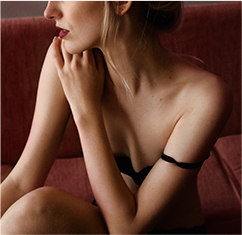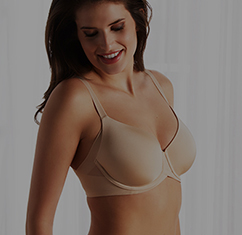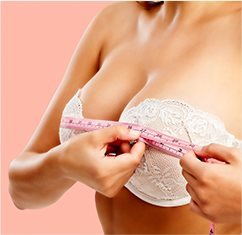Sometimes, it's immediately obvious that the bra you have on doesn't fit right. Other times, there are more subtle signs that your bra isn’t doing enough to optimize your shape.
Some of these signs are commonly overlooked, but can make a world of a difference. Even if a bra "feels right" to you, it might not be giving you proper support. It might not enhance your assets as much as it could or should. It might even be the wrong style bra for you altogether (see our Know Your Breasts™ Bra Finder).
To help you determine if you have the right fit, use our Bra Fit Checklist below. A well-fitting bra will pass all these checks. So, take a few minutes to understand what a bra should look and feel like – and then you can assess whether you’re wearing the wrong size or wrong style bra for your breasts.




